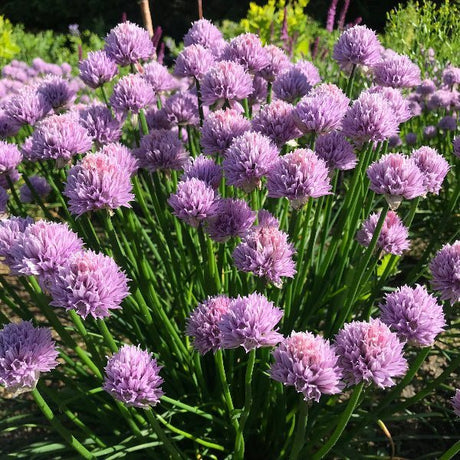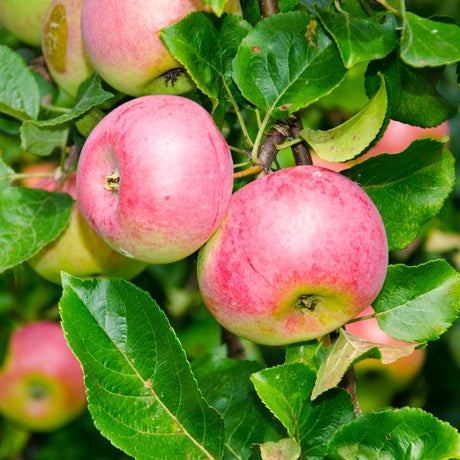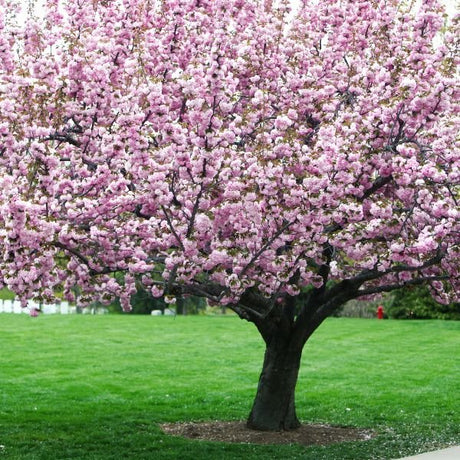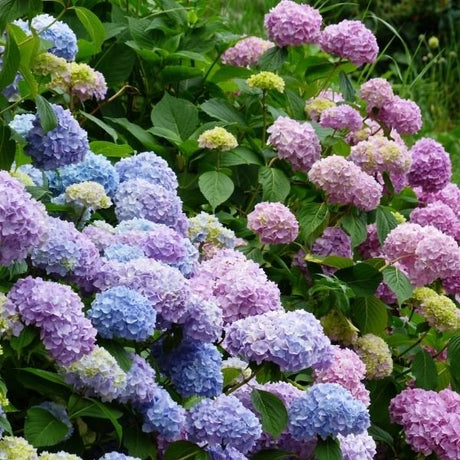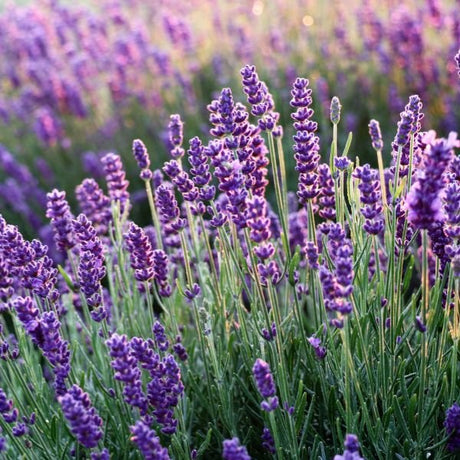Black York® Cherry Tree
Prunus avium 'Black York'
- Stay Protected with Plant Sentry ™
Black York® Cherry Tree is backordered and will ship as soon as it is back in stock.
Plant Sentry™
Plant Sentry™

Plant Sentry™ Protected
Your order is protected by our compliance system that:
- Prevents restricted plants from shipping to your state
- Ensures plants meet your state's agricultural requirements
- Protects gardens from invasive pests and diseases
Delivery and Shipping
Delivery and Shipping
Delivery and Shipping
Fast, Safe Plant Delivery
Ships in 3-4 business days • Tracking provided • Weather protected
| Under $50 | $9.99 |
| $50 - $99.99 | $14.99 |
| $100 - $149.99 | $16.99 |
| $150+ | $24.99 |
✓ Zone-specific timing • ✓ Professional packaging • ✓ Health guarantee
Understanding Plant Options
Nature Hills offers plants in two main formats:
- Container Plants: Grown in pots with soil, sized by container volume and plant age
- Bare Root Plants: Dormant plants without soil, sized by height measurements
Container Plant Sizes
Container sizes indicate plant age and growing capacity rather than liquid volume equivalents. Our containers follow industry-standard nursery "trade gallon" specifications, which differ from standard liquid gallon measurements.
Young Plants (6 months to 18 months old)
| Container Size | Actual Volume | Metric Equivalent |
|---|---|---|
| 2" x 2" x 3" | 0.18 - 0.21 dry quarts | 0.20 - 0.23 dry liters |
| 4" Container | 0.31 - 0.87 dry quarts | 0.35 - 0.96 dry liters |
| 4.5" Container | 0.65 dry quarts | 0.72 dry liters |
| 6" Container | 1.4 dry quarts | 1.59 dry liters |
| 1 Quart | 1 dry quart | 1.1 dry liters |
| 5.5" Container | 1.89 dry quarts | 2.08 dry liters |
Established Plants (18 months to 2.5 years old)
| Container Size | Actual Volume | Metric Equivalent |
|---|---|---|
| 2 Quart | 2 dry quarts | 2.2 dry liters |
| #1 Container | 2.26 - 3.73 dry quarts | 2.49 - 4.11 dry liters |
| 5" x 5" x 12" | 3.5 - 4.3 dry quarts | 3.85 - 4.74 dry liters |
Mature Plants (2-4 years old)
| Container Size | Actual Volume | Metric Equivalent |
|---|---|---|
| #2 Container | 1.19 - 1.76 dry gallons | 5.24 - 7.75 dry liters |
| #3 Container | 2.15 - 2.76 dry gallons | 8.14 - 12.16 dry liters |
Large Plants (3-5 years old)
| Container Size | Actual Volume | Metric Equivalent |
|---|---|---|
| #5 Container | 2.92 - 4.62 dry gallons | 12.86 - 20.35 dry liters |
| #6 Container | 5.25 - 6.01 dry gallons | 23.12 - 26.42 dry liters |
| #7 Container | 5.98 - 6.53 dry gallons | 26.34 - 28.76 dry liters |
Bare Root Plants
Bare root plants are sold by height from the root system to the top of the plant. Plants may exceed minimum height requirements.
Common Sizes:
- Trees: 1 foot, 2 feet, 3 feet, 4 feet, 5 feet, 6 feet
- Shrubs & Perennials: 1 foot, 18 inches, 2 feet
Important Notes
Container Volume Specifications
- Trade Gallon Standard: Our containers follow industry-standard "trade gallon" specifications established by the American National Standards Institute (ANSI Z60.1) for nursery stock
- Volume Variations: Actual soil volume may vary due to plant root systems and growing medium settlement
- Age Indicators: Container size primarily indicates plant age and maturity rather than liquid volume equivalents
Growing Conditions
- Plant size can vary based on variety and growing conditions
- Container size helps indicate plant maturity and establishment level
- Larger containers generally mean more established root systems and faster landscape establishment
Seasonal Availability
- Bare root plants are available seasonally when dormant
- Container plants are available throughout the growing season
- Specific varieties may have limited availability in certain sizes
Questions?
For questions about specific plant sizes or availability, please contact our plant experts who can help you choose the right size for your landscape needs.
Plant Highlights
Black York® Cherry Tree highlights at a glance!
-
Botanical Name
-
Brand
-
Growing Zones5, 6, 7
-
Growth RateModerate
-
Mature Height
-
Mature Spread
-
Growth RateModerate
-
Flower Color
-
Pollinator FriendlyYes
-
Pollinator Required
-
Bloom PeriodEarly Spring, Late Spring
-
Harvest Time
-
FragrantYes
Characteristics
Where To Plant
When To Prune
- Late Winter
Water & Moisture Needs
- Medium
Sunlight Needs
Soil Needs
- Well Drained

Growing Zones 5-7
Mid-season Black York® Sweet Cherry (Prunus avium 'Black York') trees were introduced by Cornell University growing programs as an excellent choice for Eastern growers. Cold-hardy, rain-tolerant, split-resistant...Black York is also vigorous enough to withstand mechanical harvesting.
These succulent cherries are dark red and plenty sweet enough to satisfy even the pickiest child. Enjoy them for fresh eating, U-pick operations or in canning or freezing applications to appreciate their delicious taste at a later date.
Planting and Application:
Known as the "Eastern Bing", Black York Sweet Cherry trees are a great addition to backyard orchards. They feature a reliable crop every year, and also act as an effective pollination partner for Emperor Francis Sweet Cherry trees.
- '
- Use Sweet Cherry trees as a backdrop for larger landscapes. Study the Plant Highlights to determine the mature height and spread; then allow 5 - 10 feet for harvest equipment.
- Prune them to a central leader, working to develop a scaffolding framework over the first several years in the ground. They can be pruned for size control in summer, if you prefer harvesting without ladders.
- Grow several Sweet Cherry trees from NatureHills.com in a hedgerow planting. Space them seven feet apart on center and prune to develop a high-density planting with plenty of air circulation through the shared canopy.
- WIth good pitting efficiencies, Black York cherries are easily prepped for storage. Firm flesh stands up to freezing.
- Black York was originally named NY 1725, so you may hear that name in reference to this cultivar. It's been field-tested to show good resistance to both bacterial canker and fruit splitting in rainy weather.
#ProPlantTips for Care:
Sweet Cherry trees perform best in well-drained soil, with good air circulation and at least six hours of full sun. Maximize your investment with the symbiotic Nature Hills Root Booster formula added to your planting hole for life-long support of the tiny feeder roots.
- Water with a consistent schedule of water during fruit development. Read the NatureHills.com Garden Blog for the right way to water plants.
- Add a three-inch layer of mulch around the trunk, then pull it back away from directly touching the stems. Add high-quality fertilizer in early spring; following the instructions on the label.
- Prune to shape in late winter while the trees are dormant. Tip prune in summer, following high-density planting and pruning techniques.




